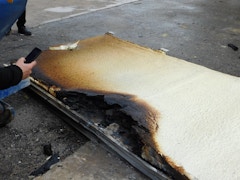
Addressing climate change through façade design - Vaclav Hasik
There is a growing awareness and interest in understanding the carbon footprint of material manufacturing, opening doors to new opportunities in facade design and manufacturing innovation. There are steps and decisions we can make today to help fight climate change.











